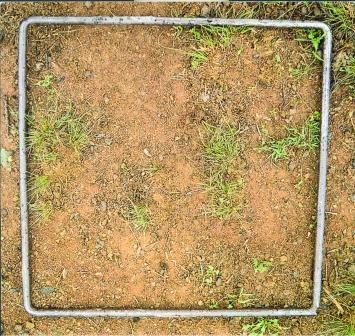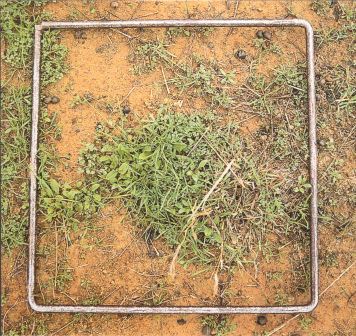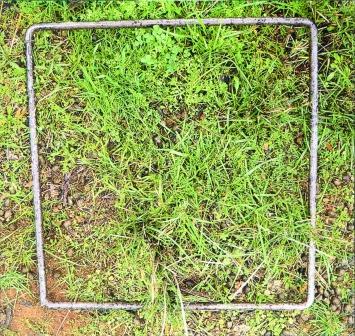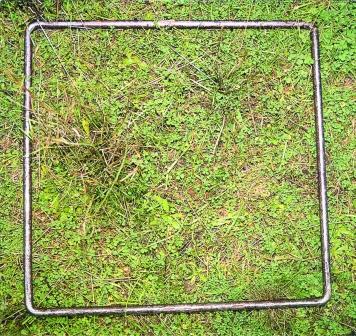Subscribe to MLA's e-newsletters
Stay informed with the latest red meat and livestock industry news, events, research and marketing.
Maintain ground cover
Maintaining ground cover of at least 70% through appropriate pasture species and tactical grazing minimises rainfall loss through evaporation and surface run-off, and helps moderate deep drainage.
Monitor ground cover
|
20% ground cover
|
 |
|
40% ground cover
|
 |
|
70% ground cover
|
 |
|
90% ground cover
|
 |
Manage surface run-off
Reducing surface run-off minimises the risk of erosion, however, some run-off is essential to fill farm dams and to provide stream-flows for downstream use and to maintain healthy rivers and aquatic ecosystems.
Maintain ground cover of at least 70% with a high perennial component on low slopes, and up to 100% on steep areas, where erosion potential is higher. This will reduce the soil damage due to run-off, particularly under high-intensity storm rain, and improve water quality.
Fence off any wet areas and exclude stock from these sections when waterlogged. This protects the pasture roots from trampling damage and soil from compaction and pugging, both of which cause a long-term decline in pasture productivity, as well as contributing sediment and nutrients to run-off water.
Fence off and revegetate any gullies or sites where erosion is active. In some cases, earthworks may be needed as part of a restoration process.
Avoid making permanent wheel tracks on slopes, down which water might flow and start the erosion process.
Install engineering options (such as interceptor drains, absorption banks, grassed waterways) in landscape situations where surface run-off and/or erosion are likely.


